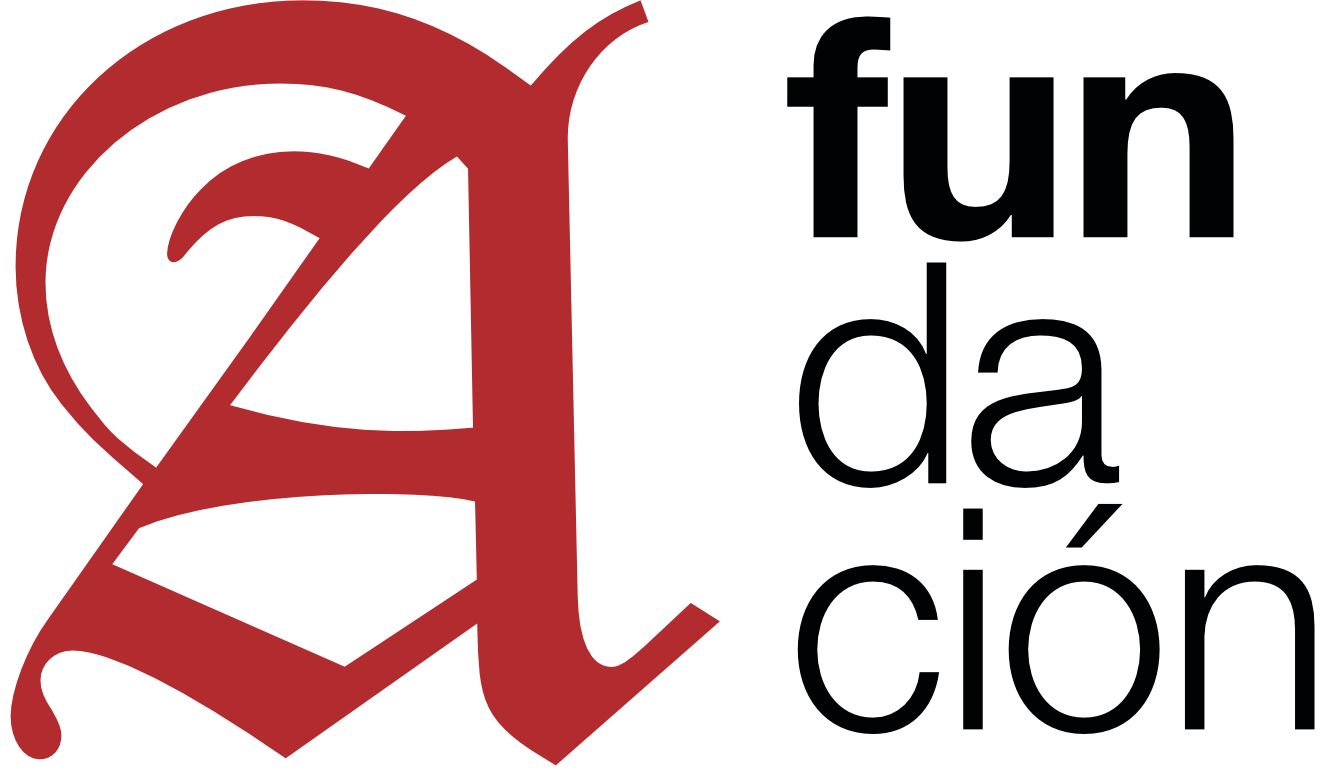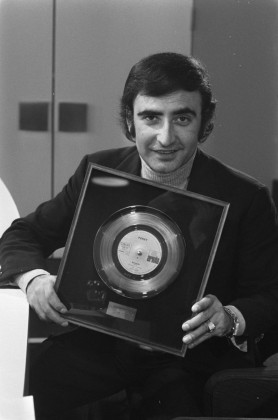Rumba in the flamenco guitar
Rumba, which comes from Cuba, was adapted to the flamenco guitar’s tastes and demands.
Rumba, although was originally imported, constitutes a flamenco pillar. Apparently, it was introduced in theatrical performances of the nineteenth century, as a result of its business relationships with important ports such as Cadiz or Havana. After identifying a flamenco rhythm, flamenco artists added it to the repertoire.
On the harmonic level, the "Andalucian Cadence”, also called "Frigia Cadence", is used, offering a flamenco nuance which is completed by the original rhythm.
Respecting the rhythm, a binary rhythm is used, which is formed by a beat of four times, where the claps accompany in the second and fourth time, producing a setback perceived in a very natural way, and produces a very common accompaniment in the modern flamenco.
In regard to the technique applied in the flamenco guitar, it is played by means of a mechanical strum; in fact, the rhythm is usually divided into eight tempos in order to improve the understanding of the rhythm. In the strum technique, the most common technique is to use the thumb for the movement from high to bass notes, and the index to do the opposite.
We can identify rumba in famous groups and artists such as "Los Chunguitos", "Ketama", "Melendi", "Las Grecas" and many others that are musical hits thanks to their commercial songs.
In fact, nowadays a multitude of instruments is used to accompany the flamenco guitar, which, however, continues being a key element in this style as well as in flamenco.
Moreover, the flamenco-rumba acquires its own personality in Catalonia in the mid-twentieth century, when the gypsy community develops the Catalolian rumba.
This diversity adds percussion elements to the base of flamenco guitar and claps. Regarding the bongos, kettledrums, and other percussion instruments, the piano or the bass is added. It is a style that we link it directly to some popular artists such as "Peret" or "El Pescailla".
Furthermore, since the nineteenth century, the Galician-rumba, a style or musical variety with its own personality which, like the Habanera, and travelled to the Iberian peninsula and emerged from the mixture of Spanish rhythms with Afro-Cuban rhythms.



